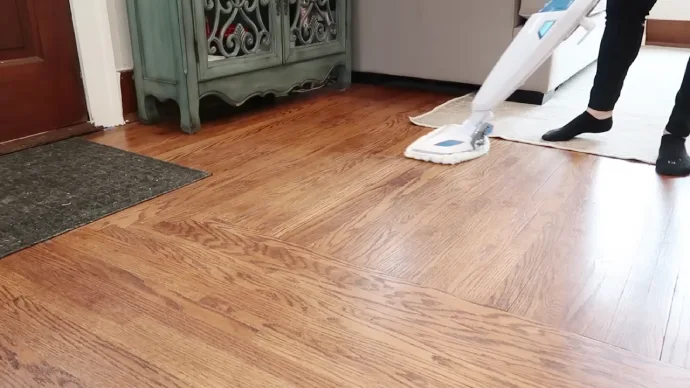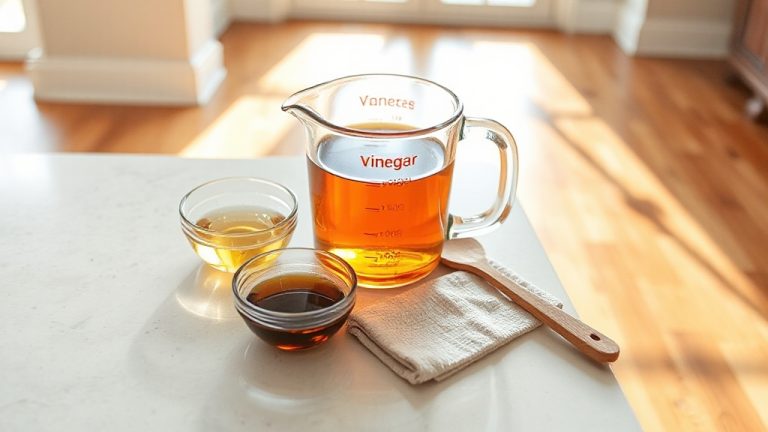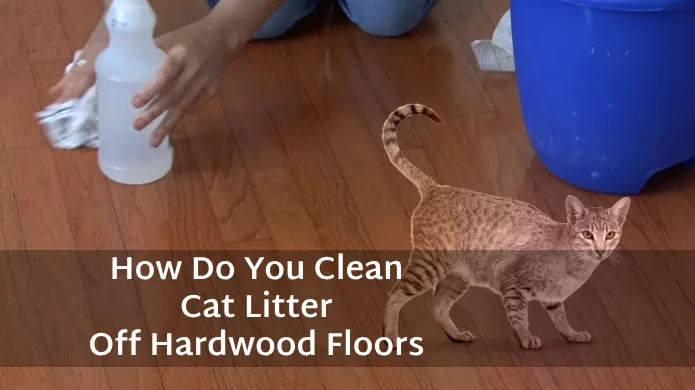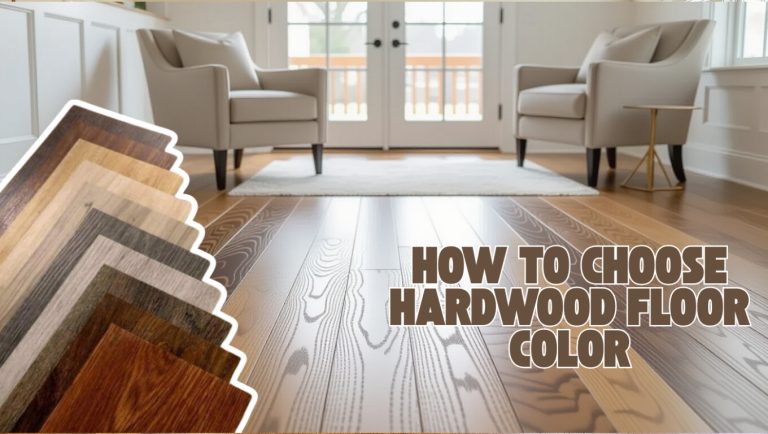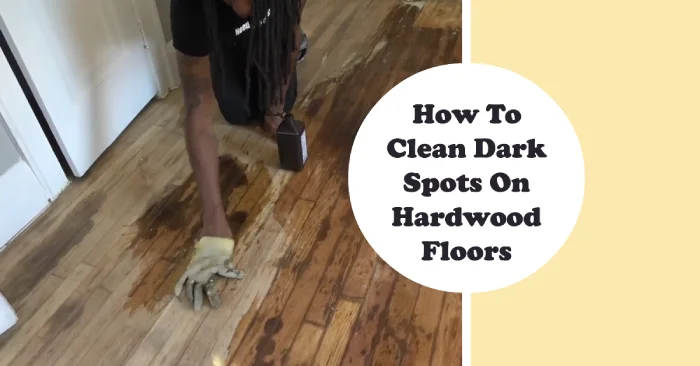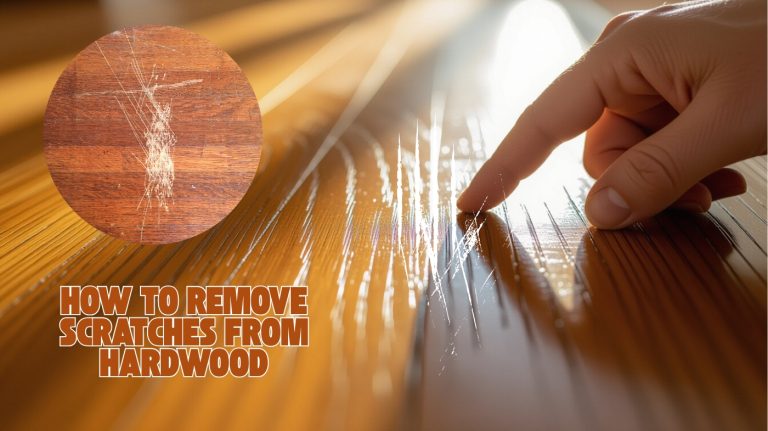Hardwood Floor Paint Ideas: Bring Out the Beauty Like a Pro
You can refresh your hardwood floors with water-based paints for a light, natural look or choose oil-based finishes to add warmth and depth. Hardwax oils offer a matte, eco-friendly finish that highlights wood grain while protecting naturally.
Prep your surface carefully by sanding and cleaning for best results, then apply thin coats for durability in high-traffic spaces. Ready to explore the best finishes and maintenance tips to keep your floors stunning?
Key Takeaways
- Choose water-based paint for a natural, light finish or oil-based paint for warm, rich hardwood floor colors.
- Prepare floors by cleaning, sanding with 120-150 grit sandpaper, and removing old coatings for optimal paint adhesion.
- Use polyurethane finishes for durable, water-resistant protection, or hardwax oils for eco-friendly, matte, easy-to-repair floors.
- Apply multiple thin coats with brushes or microfiber cloths, allowing 3-4 hours drying time between coats.
- Maintain floors with gentle cleaning, avoid steam, and reapply finish periodically to preserve durability and appearance.
Choosing the Right Type of Hardwood Floor Paint
When choosing the right type of hardwood floor paint, you’ll want to balance durability, appearance, and environmental impact to suit your space and lifestyle. Water-based paints offer a lighter, natural look without yellowing, drying quickly with low odor, and easy soap-and-water cleanup.
They’re ideal if you prefer an airy aesthetic and eco-friendliness, thanks to low VOCs. Additionally, water-based finishes preserve natural tones, maintaining a lighter, airy ambiance that suits modern interiors.
Oil-based paints deepen wood tones, enhancing warmth and grain with a tougher, more abrasion-resistant finish perfect for high-traffic areas. However, they require longer drying times and solvent cleanup.
For a natural matte finish, consider hardwax oils, which combine durability with easy repair and minimal environmental impact.
Ultimately, your choice depends on whether you prioritize quick application, rich color, or sustainability. To maintain your painted hardwood floor’s appearance, clean spills immediately to avoid staining or warping.
Comparing Popular Hardwood Floor Finishes
Although selecting the perfect hardwood floor paint is essential, choosing the right finish ultimately defines your floor’s look, feel, and longevity. Each finish from durable aluminum oxide to warm shellac, offers unique aesthetics and maintenance needs.
Consider your space’s traffic, desired sheen, and upkeep before deciding. Understand that the finish you select greatly enhances natural beauty and protects your hardwood investment.
Regular maintenance such as gentle sweeping or using a soft-bristled vacuum attachment can prolong the life of the finish and keep floors looking pristine.
| Finish | Look & Feel | Durability & Maintenance |
|---|---|---|
| Aluminum Oxide | Glossy or matte, versatile | Highly durable, tough to repair |
| Shellac | Warm amber tone | Low water resistance, quick drying |
| Oil-Based | Deep, rich warmth | Moderate durability, darkens wood |
| Water-Based | Natural, light tone | Durable, low VOC, easy maintenance |
| Hard Wax Oil | Matte, textured | Requires frequent upkeep, DIY-friendly |
Benefits of Polyurethane Finishes for Hardwood
Because hardwood floors endure constant use, choosing a polyurethane finish can considerably boost their durability and protection. This finish forms a hard protective layer that resists scratches, dents, and wear, perfect for high-traffic areas and homes with pets.
You’ll benefit from long-lasting protection, often lasting 3 to 10 years before needing reapplication. Regular maintenance and cleaning with compatible products help extend the lifespan of the polyurethane finish.
Polyurethane also creates a water-resistant barrier, preventing moisture damage like warping or mold, which is essential in spill-prone or humid spaces. Aesthetically, it enhances your floor’s natural grain, available in sheens from matte to high gloss, preserving wood color without yellowing.
Additionally, eco-friendly options with lower VOC levels are available, making polyurethane suitable for environmentally conscious homeowners. Whether you pick oil- or water-based, polyurethane offers practical, beautiful protection that keeps your hardwood floors looking rich and fresh for years.
Exploring Hard Wax Oil Finishes for Natural Protection
You’ll appreciate how hard wax oil penetrates your hardwood to create a natural, water-resistant barrier without the plastic feel of traditional finishes. Its easy application and simple spot repairs save you time and effort, while keeping your floor’s character vibrant with an ultra-matte or satin sheen.
Hard wax oil typically requires only a single application, which can speed up the finishing process and reduce labor time single application.
Plus, with low VOCs and biodegradable ingredients, you’re making a healthier, eco-friendly choice for your home. Choosing finishes with low-VOC composition helps maintain indoor air quality and supports a sustainable living environment.
Benefits of Hard Wax
When you choose hard wax oil finishes for your hardwood floors, you embrace a natural protection that enhances both beauty and durability. This finish penetrates deeply with plant oils while the wax seals the surface, creating a water-repellent, scratch-resistant layer that preserves wood’s integrity.
Hardwax oil is typically easy to apply with minimal coats, making it suitable for DIY projects. Its ability to help prevent scratches and dents extends the life of your flooring and reduces maintenance needs.
You’ll appreciate how the finish highlights the wood’s natural grain and color with a warm, softly waxed appearance.
- Enjoy easy local repairs by buffing and spot-applying the finish, avoiding full refinishing.
- Benefit from low VOC content and eco-friendly natural ingredients, making it safer for your home environment.
- Experience a durable, matte-to-satin finish that ages gracefully without peeling or flaking.
Application and Maintenance
Although applying hard wax oil requires careful preparation, the process rewards you with a beautifully natural finish that enhances your hardwood floor’s character.
Start by sanding to bare wood with 120-150 grit sandpaper, then meticulously remove all dust to guarantee perfect absorption. It is important to remove all sanding dust and any oil or lacquer residue from the surface before application to ensure proper adhesion.
Proper environmental control during drying helps prevent issues like buckling or gaps. Stir the oil well and apply thin coats with a quality brush or microfiber roller, always following the grain. Remove excess oil immediately to avoid sticky patches.
Allow 3-4 hours drying between coats, typically two for hardwoods, three for softer woods. After the final coat, buff with a dry cloth for smoothness and sheen. For maintenance, clean gently with dry or damp microfiber mops, avoid steam, and spot-repair by buffing and reapplying oil.
Regular reapplication every few years restores natural beauty without sanding and helps maintain the protective finish that extends flooring lifespan.
Environmental and Health Impact
Since hardwax oil finishes come from natural ingredients like linseed oil and beeswax, they offer an eco-friendly alternative to synthetic coatings that often release harmful chemicals.
Choosing hardwax oil means you reduce indoor air pollution by avoiding volatile organic compounds (VOCs), creating a healthier living space. Plus, its biodegradable nature ensures minimal environmental impact when disposed of.
Additionally, hardwax oil penetrates deep into wood fibers, enhancing the wood’s natural beauty while providing long-lasting protection. For optimal results, allow the finish sufficient curing time to harden fully and maintain durability.
When you use hardwax oil finishes, you benefit from:
- Low VOC emissions that improve indoor air quality and reduce respiratory irritants.
- Non-toxic formulas are safe for children, pets, and allergy-sensitive individuals.
- A breathable finish that prevents moisture buildup and mold growth, enhancing your home’s health.
Tips for DIY Application of Hardwood Floor Paint
Before you start painting, make sure to thoroughly clean and sand your hardwood floor to create a smooth, receptive surface that guarantees lasting adhesion. Use a medium-grit sandpaper (120-150 grit) and sanding sponge for this essential prep step to ensure the paint bonds well.
Choosing the right paint, preferably a durable, floor-specific enamel with low VOC,s will make your DIY project both safer and more professional-looking. Taking these careful steps sets the foundation for a flawless finish that highlights your floor’s natural beauty.
When transitioning between painted hardwood and other flooring types, consider using transition strips to create a smooth and durable edge.
Surface Preparation Essentials
When you start prepping your hardwood floors for painting, thorough cleaning is key to achieving a flawless finish. Begin by removing all furniture and rugs. Then clean with a degreasing all-purpose cleaner to eliminate dirt and residues.
Regularly vacuuming the floor before painting helps remove dust and allergens that can affect adhesion. Sand the floor with medium-grit sandpaper, working with the wood grain, to dull the surface and promote paint adhesion.
Address any cracks or holes by filling and sanding them smooth.
- Vacuum and wipe floors post-sanding to remove dust and debris
- Use painter’s tape to protect baseboards and edges
- Allow floors to dry completely before proceeding
It is also important to remove old coating thoroughly before applying new paint to ensure better adhesion and a smooth finish. These steps ensure your hardwood floor is perfectly primed for a smooth, lasting coat of paint.
Choosing DIY-Friendly Paint
Although selecting the right paint might seem straightforward, choosing a DIY-friendly hardwood floor paint requires balancing durability, ease of application, and aesthetic appeal. You want a product that dries quickly, covers well, and looks great—all without demanding professional skills.
Water-based acrylics and waterborne alkyds are excellent for smooth finishes and low odor, while solvent-based paints offer simplicity for first-timers. Consider sheen carefully; semi-gloss balances durability and style.
For hardwood floors, using high-quality paints such as Benjamin Moore’s Tough Shield can provide excellent durability and coverage, ensuring a long-lasting finish. Applying multiple thin coats and allowing proper drying time can enhance the fire resistance of your painted wood surface.
| Paint Type | Key Benefit |
|---|---|
| Water-based Acrylic | Low VOC, quick dry |
| Waterborne Alkyd | Durable, washable |
| Solvent-based Single-Pack | Easy application |
| Polyurethane Resin | Hard, durable finish |
| Hardened Paints | High-traffic ready |
Durability Considerations for High-Traffic Areas
Since high-traffic areas demand floors that can endure constant wear, selecting the right paint and finish is essential to maintaining both durability and appearance. Opt for oil-based or polyurethane paints—they deeply penetrate wood and create tough, long-lasting surfaces that resist scratches and chemical spills.
For high-traffic floors, choose oil-based or polyurethane paints for lasting durability and protection against wear.
Pair the paint with hardwood species like oak or maple, which naturally withstand dents and abrasion. Proper application, including multiple thin coats and thorough curing, boosts resilience.
Additionally, applying paint in thin, even coats and allowing each layer to fully dry before adding the next significantly enhances the floor’s durability and longevity application tips. Consider these key points for durability:
- Choose hard finishes like oil-modified polyurethane for superior protection and flexibility.
- Prepare surfaces meticulously with sanding and cleaning to ensure paint adhesion.
- Implement maintenance routines, vacuum regularly and use rugs to minimize direct wear.
Environmental and Health Factors in Floor Finish Selection
Because the finish you choose directly affects both your indoor environment and personal well-being, understanding the environmental and health factors behind hardwood floor coatings is essential.
Many traditional solvent-based finishes emit high levels of harmful VOCs that linger, degrading air quality and posing risks like asthma and neurological damage.
These toxic chemicals can remain in indoor air for weeks or even months after application, extending exposure risks. Even some water-based options release toxins dangerous to pregnant women and children.
To protect your family and the planet, opt for natural oils, waxes, or advanced “clean” water-based finishes with low or no toxic solvents. These choices reduce chemical exposure, support indoor air quality, and have smaller environmental footprints.
Always ensure good ventilation during application and select products certified by eco-labels or third-party testing to balance durability with safety and aesthetics in your hardwood floors.
Frequently Asked Questions
How Do I Prepare My Hardwood Floor Before Painting?
You’ll want to start by clearing the room completely and cleaning the floor thoroughly—sweep, vacuum, then mop, guaranteeing it’s dry. Next, sand the surface to dull the finish, helping paint adhere better. After sanding, vacuum again to remove dust.
Tape off edges carefully to keep lines crisp. Finally, apply a high-quality primer, focusing on edges first, and let it dry fully. This prep ensures a smooth, lasting finish.
What Tools Are Best for Applying Hardwood Floor Paint Evenly?
You want rollers for smooth, even coats; trim pads for precise edges; and synthetic brushes for tight corners. Use low-nap rollers to avoid texture, microfiber applicators for lint-free finishes, and quality brushes to prevent shedding.
Apply thin layers, keep a wet edge, and replace tools often to maintain consistency. With the right tools, your floor will look flawless, professional, and beautifully finished every time you paint.
How Long Should I Wait Before Walking on Freshly Painted Floors?
You should wait at least 24 hours before walking lightly on freshly painted floors to avoid damaging the finish.
If you used an oil-based product, give it 48 hours or more for light traffic, and ideally 5-7 days for heavier use. Keep the room warm and well-ventilated to speed drying.
Can I Paint Over Previously Finished Hardwood Floors?
You might think painting over finished hardwood floors is as easy as snapping your fingers, but it takes careful prep. You’ll need to clean thoroughly, sand off that shiny finish to let the paint grip, and maybe prime to guarantee durability.
Use enamel or porch floor paint with a semigloss sheen for elegance and wear resistance. With patience and the right steps, you’ll transform your floor into a stunning, durable canvas.
How Do I Remove Paint Mistakes or Drips From Hardwood Floors?
To remove paint mistakes or drips from hardwood floors, first identify if the paint is latex or oil-based. Gently scrape excess paint with a plastic putty knife to avoid scratches.
For latex paint, warm soapy water loosens it; for oil-based, use paint thinner with good ventilation. You can also soften paint with a heat gun or hairdryer before scraping. Always clean the area afterward to protect your floor’s beautiful finish.
Keep It Stunning: Top Maintenance Tips for Hardwood Floors
Choosing the perfect hardwood floor paint is like dressing your home in a tailored suit; each finish adds its character and strength. Polyurethane offers the armor for busy days, while hard wax oil lets natural beauty breathe through gentle protection.
With careful application and mindful choices, your floors won’t just endure, they’ll dance underfoot, reflecting your style and care. Embrace this transformation, and let your space tell its story, step by step.


